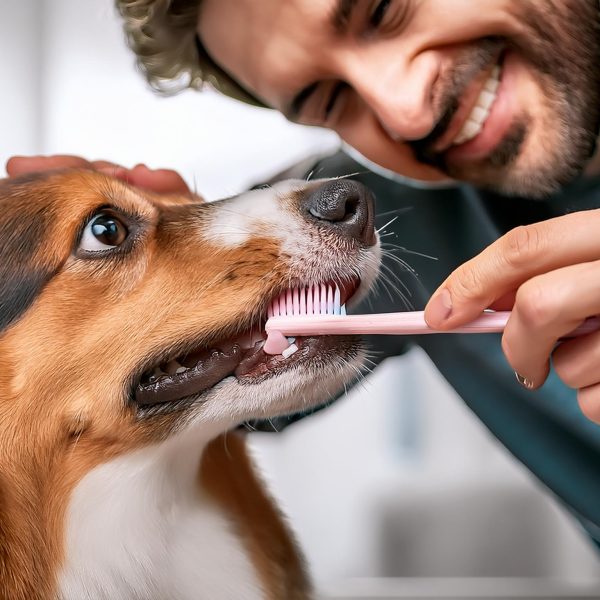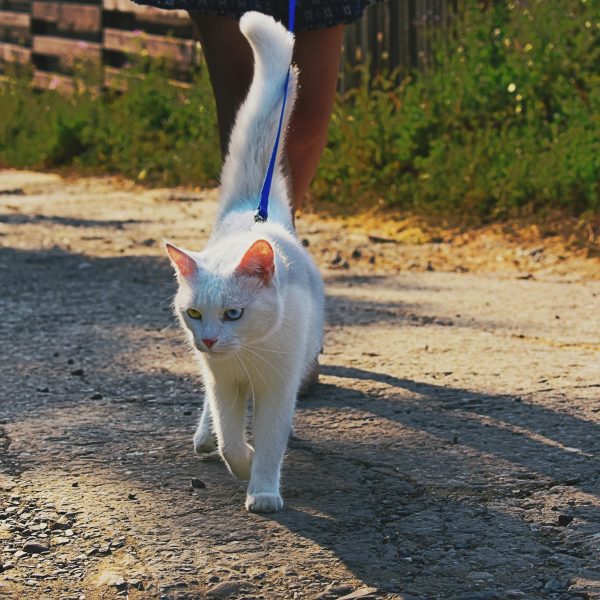The intricate web of human-animal interactions has shaped the course of our planet’s ecosystem for millennia. From companionship to collaboration, animals have been integral to our societies. Yet, this symbiotic relationship has also facilitated the transmission of diseases between species, unveiling the delicate thread of interconnectedness that binds all life forms on Earth. This article delves into the significance of safeguarding the health of both humans and their beloved animal companions, shedding light on the impact of zoonotic diseases and the vital role of the One Health approach.
Zoonotic Diseases: Boundaries Erased
Throughout history, zoonotic diseases have punctuated the narrative of human health. One of the most infamous examples is the Black Death, which devastated Europe in the 14th century, caused by the Yersinia pestis bacterium. Even in modern times, zoonotic diseases continue to pose challenges to public health. Instances such as the swine flu (H1N1 influenza virus), Ebola virus outbreaks, and the ongoing COVID-19 pandemic caused by the SARS-CoV-2 virus highlight the persistent threat.
Disease transmission often occurs through interactions with animals, consumption of contaminated animal products, or exposure to vectors like ticks and mosquitoes. Factors like urbanization, deforestation, and changes in land use disrupt ecosystems, leading to increased human-animal contact and a higher likelihood of disease transmission. Moreover, the global trade and transportation of animals facilitate the rapid spread of diseases across continents.
When discussing zoonotic diseases—ailments that leap from animals to humans—pets like dogs and cats occupy a significant role. These furry companions share our homes and lives, offering joy and companionship. However, it is essential to recognize that they can also harbor diseases with the potential to infect humans. For instance, cats might carry the parasite Toxoplasma gondii, while reptiles like turtles could carry Salmonella bacteria.
The profound bond between pet owners and their animal friends opens avenues for disease transmission. While the risk of transmission is generally low and can be mitigated through hygiene practices, pet owners should remain vigilant about potential health risks associated with their cherished companions.
It’s important to note that just as pets can transmit diseases to humans, human activities can also jeopardize the well-being of our furry friends. Environmental pollution, improper disposal of medications, and the use of harmful chemicals all contribute to the deterioration of pet health. Additionally, the growing prevalence of obesity, seen in both humans and pets, raises concerns. Health issues linked to obesity, such as diabetes and heart disease, impact pets similarly to humans.
Caring for pets isn’t solely a responsibility—it’s a means of safeguarding human health. Regular veterinary check-ups, proper nutrition, consistent exercise, and mental stimulation collectively contribute to a pet’s well-being and long-term health. By prioritizing the health of our animal companions, we can mitigate the risk of diseases that traverse the human-animal boundary, fostering a harmonious coexistence with the animal kingdom.
The Significance of the One Health Approach
Recognizing the intricate interplay between humans, animals, and the environment has given rise to the concept of One Health. This holistic approach underscores the interdependence of human health, animal health, and environmental factors. It calls for collaborative efforts across diverse fields—medicine, veterinary science, ecology, and public health—to address health challenges that transcend species boundaries.
The One Health approach holds immense value in tackling zoonotic diseases. By comprehending the dynamics and social factors influencing disease emergence and transmission, experts can formulate strategies aimed at nipping outbreaks in the bud. This approach not only safeguards health but also upholds animal well-being and ecosystem sustainability.
The prevalence of zoonotic diseases stands as a testament to the imperative of understanding the intricate relationships between humans, animals, and the environment. The bond between humans and their pets serves as a microcosm of this interconnectedness, underscoring our shared responsibility to promote the health and well-being of all.
By embracing the principles of the One Health approach, we fortify our readiness for emerging diseases, alleviate suffering in humans and animals alike, and maintain the delicate equilibrium of our planet’s ecosystems. Through education, awareness, and responsible pet ownership, we can forge a world where both humans and their cherished animal companions thrive, while minimizing the specter of disease.








